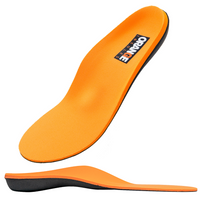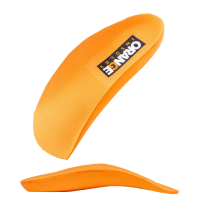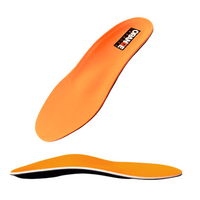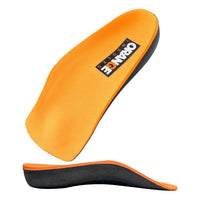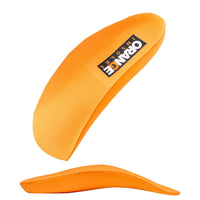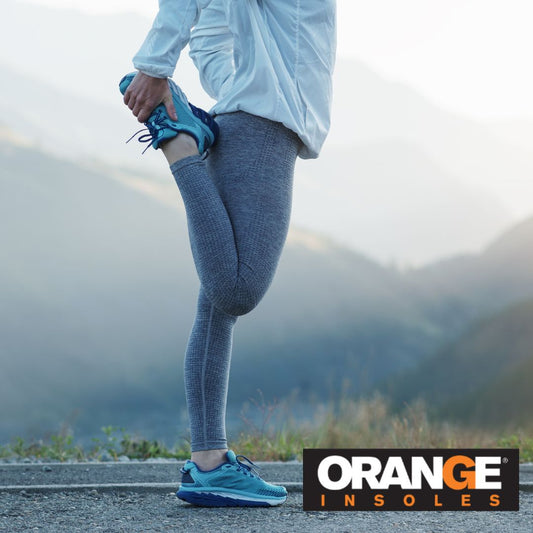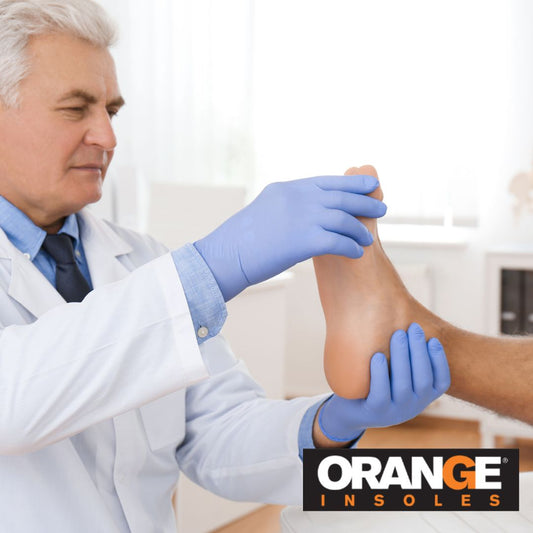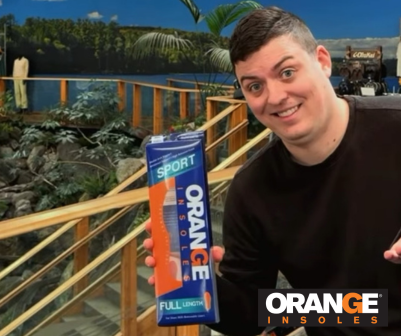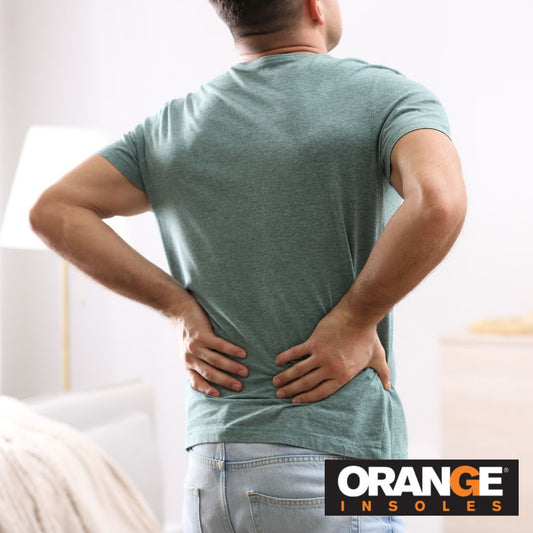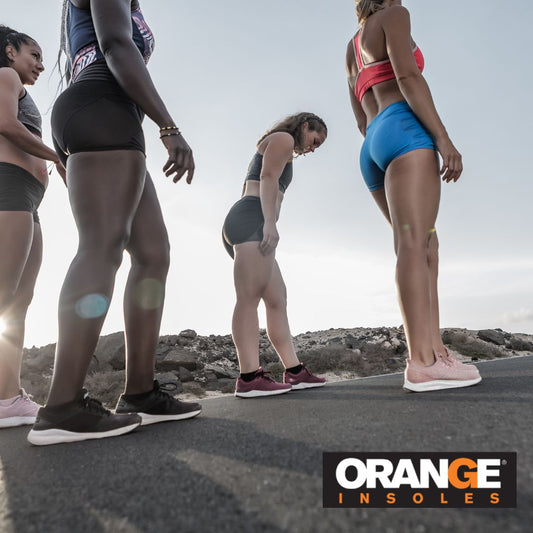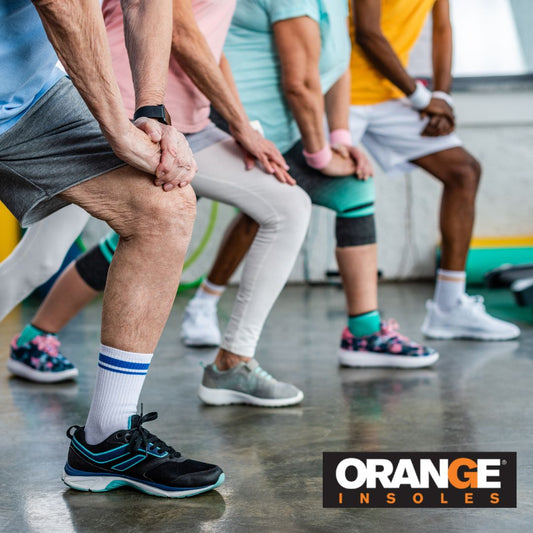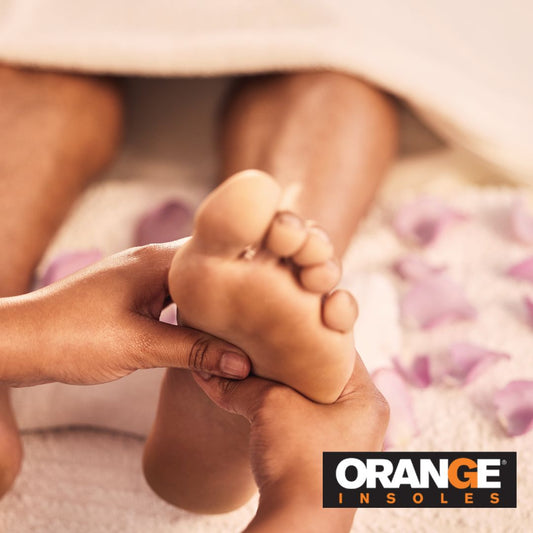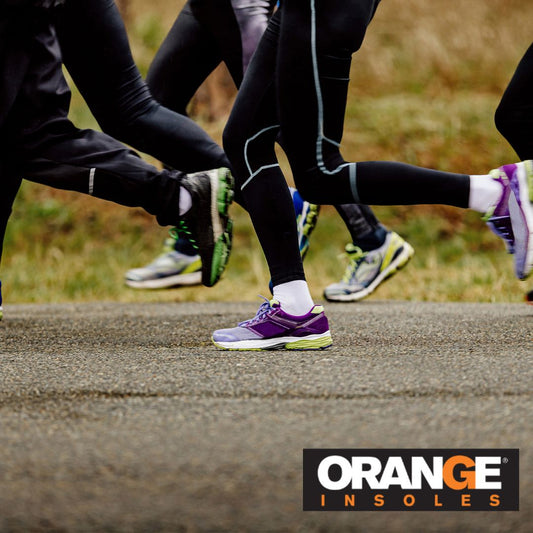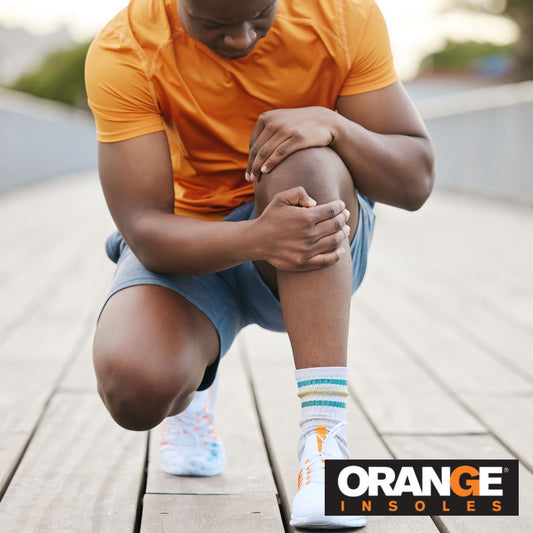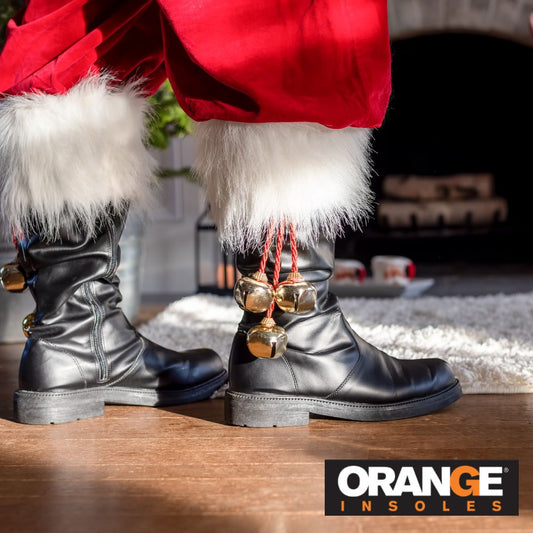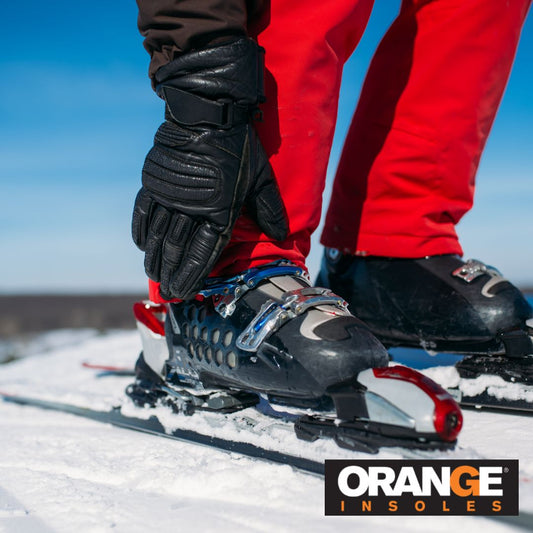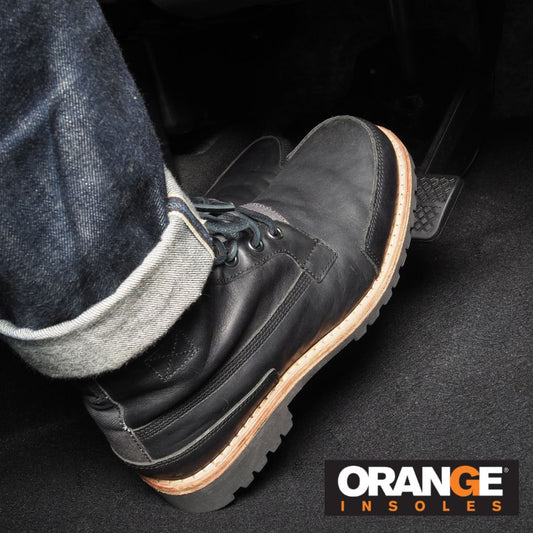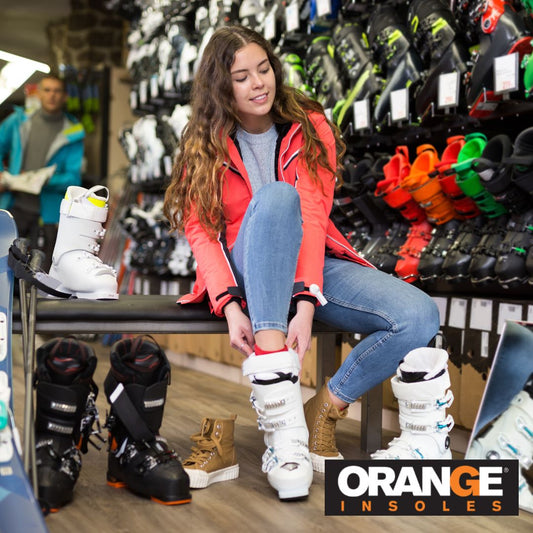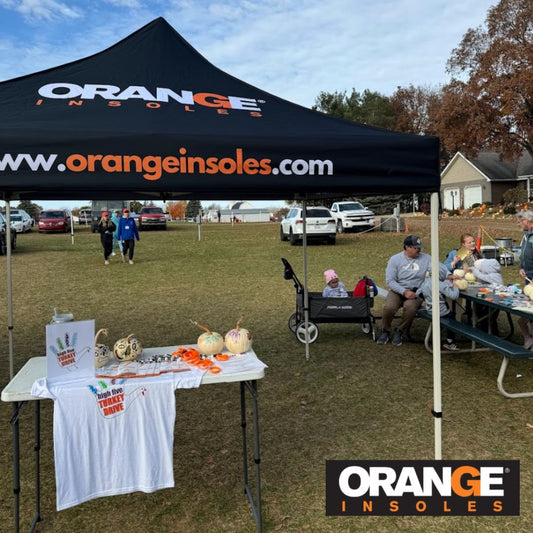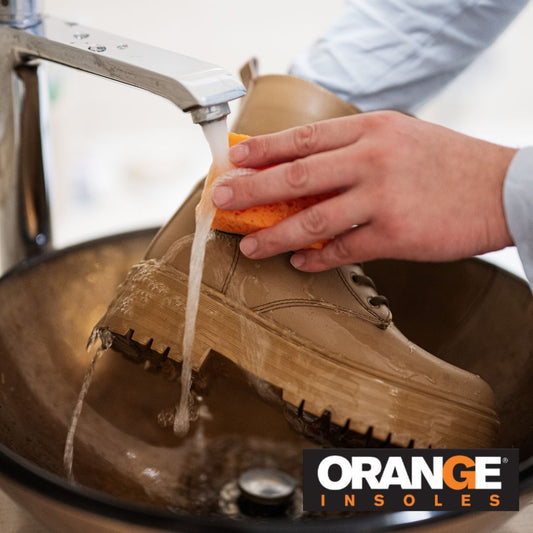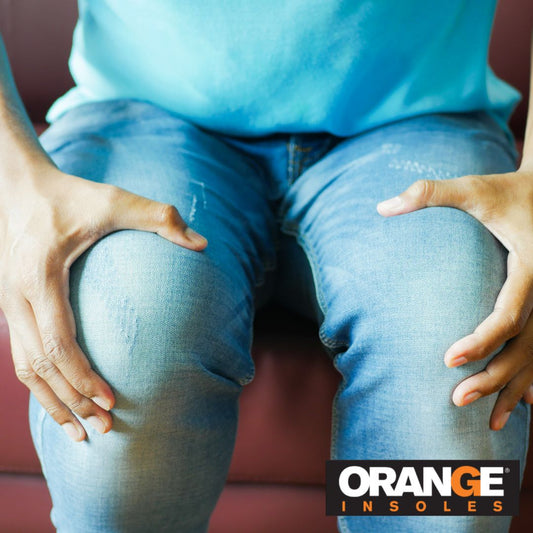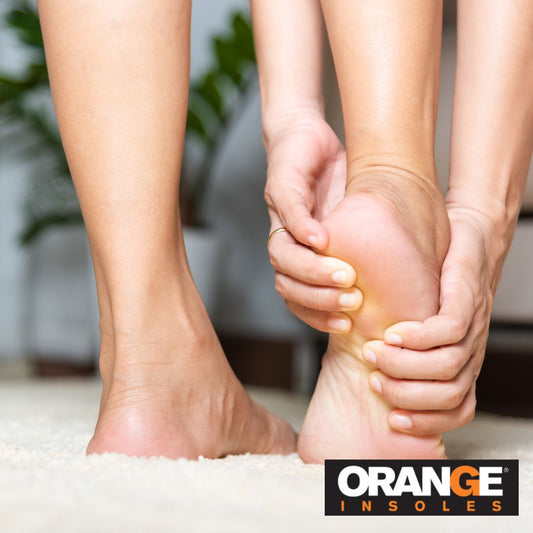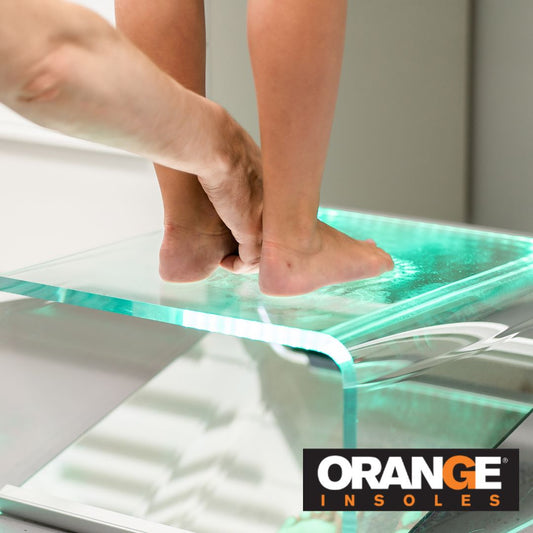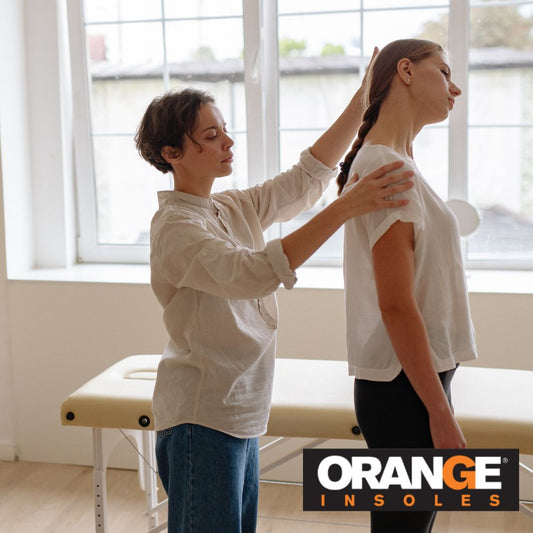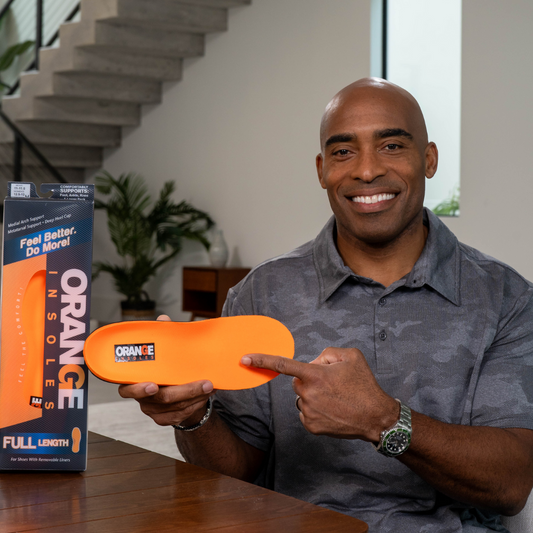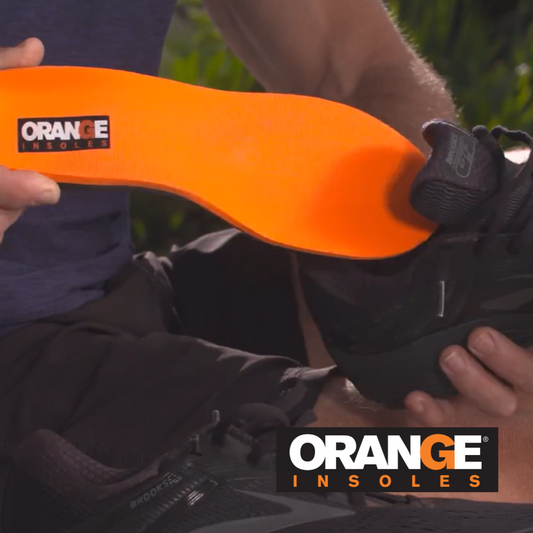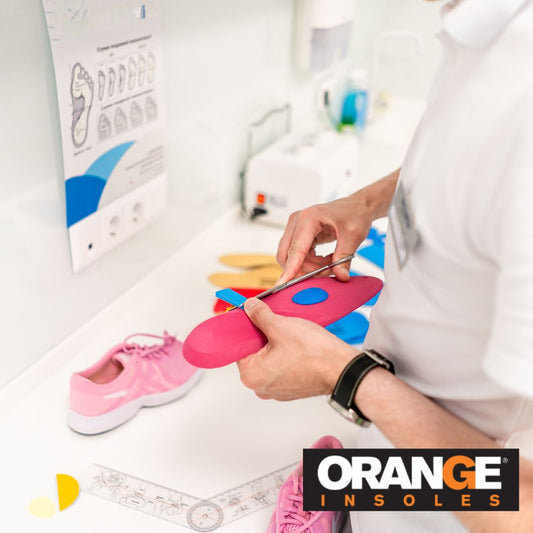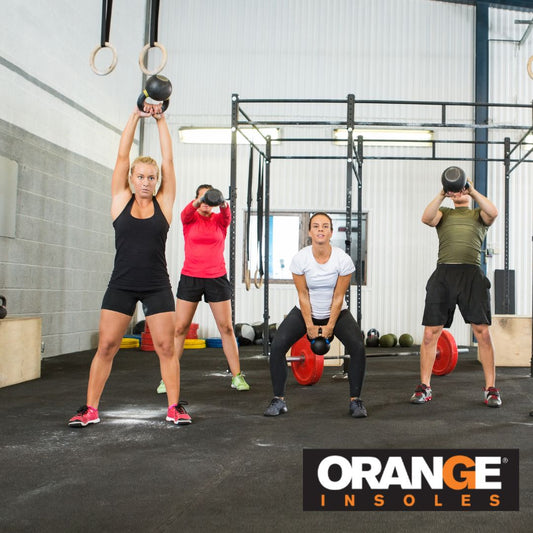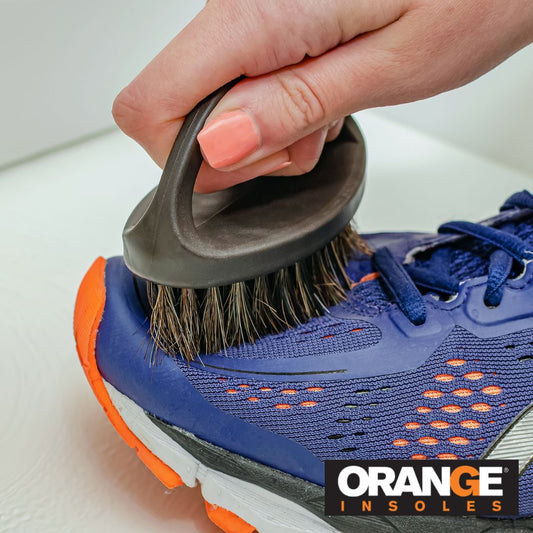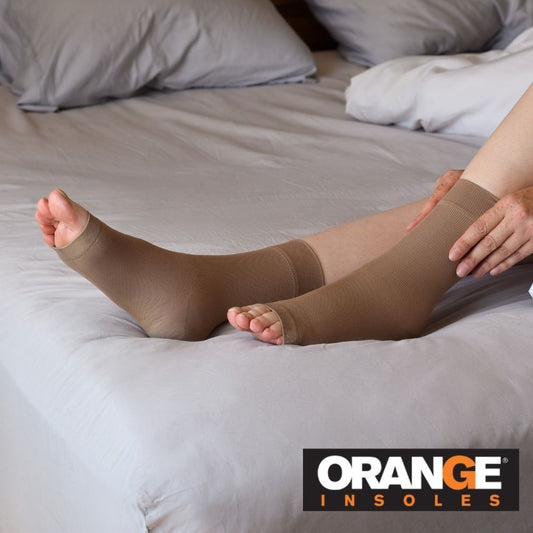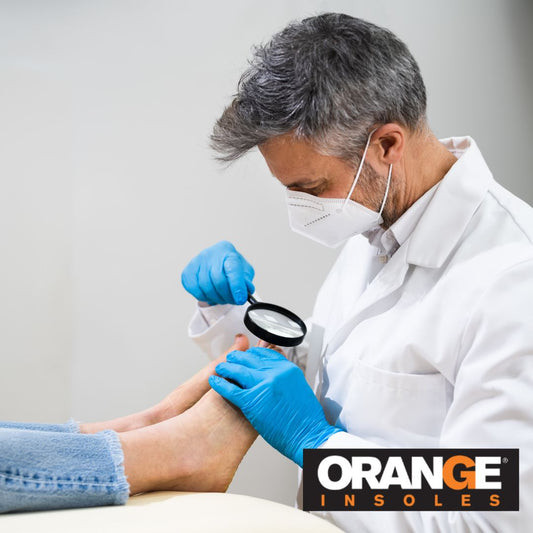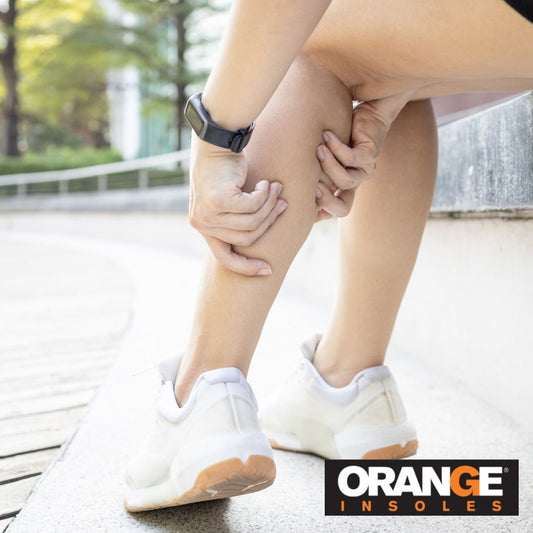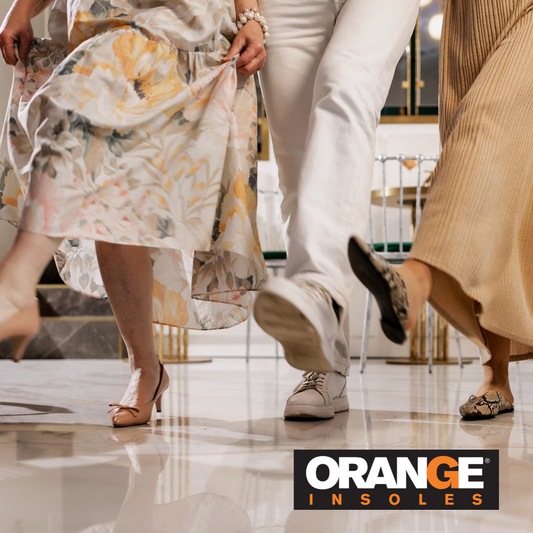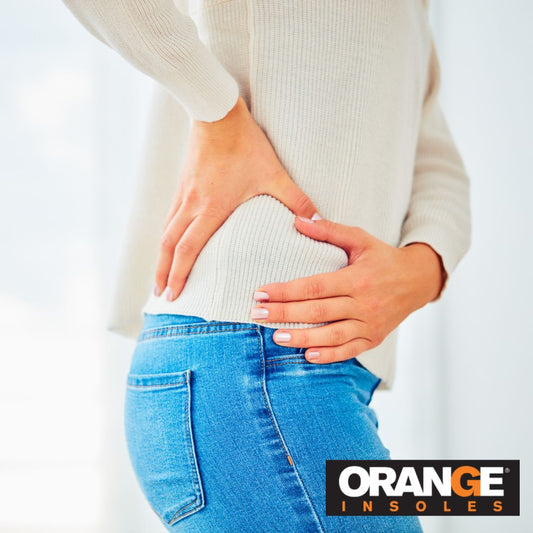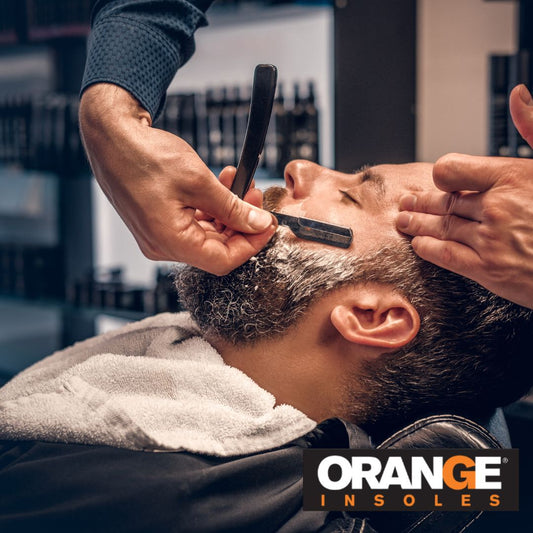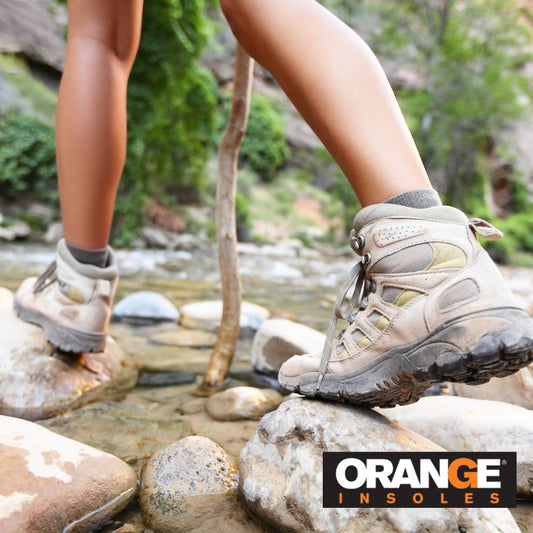If you've ever experienced foot pain, knee discomfort, or lower back issues, you've probably considered getting insoles. A well-made insole can improve alignment, provide essential support, and even prevent future injuries. However, not all insoles are created equal. Cheap insoles may seem like a quick fix, but they often fail to deliver long-term benefits. Let’s talk about why material and function matter, when cheap insoles might actually be useful, and why investing in quality insoles is usually the best choice.
Material Matters: Support vs. Cushion
The effectiveness of an insole largely depends on what it's made of. There’s a big difference between supportive insoles and cushioned insoles, and understanding this can help you make the right choice.
-
Cushioned Insoles: Many cheap insoles prioritize comfort with soft, gel-like materials. While they might feel good at first, they lack the necessary structure to support your arch or align your foot properly. Over time, this can lead to pain, fatigue, and even biomechanical issues.
-
Supportive Insoles: A quality insole, like Orange Insoles, uses high-rebound materials like polyurethane or EVA foam. These materials don’t just absorb shock—they help maintain proper foot alignment, distribute weight evenly, and reduce strain on your joints. There are even materials like O-foam which are 3 times more durable than EVA foam!
We recently launched our Orange Sport Insoles, they’re made of a special material called O-foam!
When shopping for insoles, you want something that combines both cushioning for comfort and support for function—not just one or the other.
The Pitfalls of Cheap Insoles
At first glance, a $10 insole from the drugstore might seem like a great deal. However, here’s what usually happens when you opt for cheap insoles:
-
Minimal Arch Support: Most low-cost insoles offer little to no arch support, leading to poor foot alignment and increased stress on your knees and lower back.
-
Short Lifespan: Cheap materials break down quickly, meaning you’ll be replacing them often—potentially spending more money in the long run.
-
Lack of Metatarsal Support: The best insoles, like Orange Sport™, include metatarsal support to distribute pressure evenly. Cheap insoles don’t, which can lead to discomfort and even foot deformities over time.
In short, cheap insoles might provide temporary relief, but they won’t solve the root of your foot problems—and they’ll wear out quickly.

When Are Cheap Insoles Actually Useful?
While cheap insoles aren’t ideal for long-term wear, there are a few cases where they might make sense. BUT we want to be clear, we’re sharing these not because we say cheap insoles are good, but we want to help make the most out of your cheap insoles if you already bought them.
-
Short-Term Use: If you need a quick fix for temporary discomfort (e.g., standing at an event or wearing dress shoes for a special occasion), a cushioned insole can provide relief for a few hours.
-
Breaking in Shoes: Some people use thin, inexpensive insoles to help break in new shoes. These insoles add a bit of cushion without taking up too much space.
-
Backup Pair: If you already have high-quality insoles in your main shoes but need something cheap for occasional wear (like a rarely used pair of boots), a budget insole might work.
-
Trial Run: If you're unsure about insoles and want to see if they make a difference before investing in a quality pair, a cheap insole could serve as a test.
However, for daily use, exercise, or foot pain relief, a well-constructed insole is always the better option. So after you’ve made good use of your cheap insoles, make sure you are getting better quality insoles to get the benefits that come with using insoles.
Custom Orthotics vs. Over-the-Counter Insoles
Some people assume they need custom orthotics to get real relief, but that’s not always the case. Let’s break it down:
-
Custom Orthotics are designed specifically for individuals with severe foot conditions, such as structural deformities or serious biomechanical issues. They are prescription devices made to fit your exact foot shape. While they offer maximum customization, they also come with a hefty price tag (typically $300-$600).
-
Over-the-Counter Insoles (OTC Insoles), like those from Orange Insoles, are a great option for most people. They provide structured arch support, proper weight distribution, and cushioning—all without the high cost of custom orthotics.
If you don’t have a severe medical condition, a high-quality OTC insole can be just as effective as custom orthotics. Learn more about the differences in this detailed comparison.
Choose Quality Over Price: Invest In Your Health
Your feet support your entire body—don’t compromise on their health. While cheap insoles might seem appealing at the moment, they often lead to more discomfort and frequent replacements. Instead, invest in high-quality insoles that provide a balance of support and cushioning to keep you comfortable and pain-free.
That being said, there are times when a cheap insole can serve a purpose. If you need a quick, temporary fix and quality insoles aren’t easily available at the moment, go for it. But for long-term comfort and proper support, quality insoles are worth the investment.
When choosing insoles, remember: a good insole is an investment in your overall well-being.
